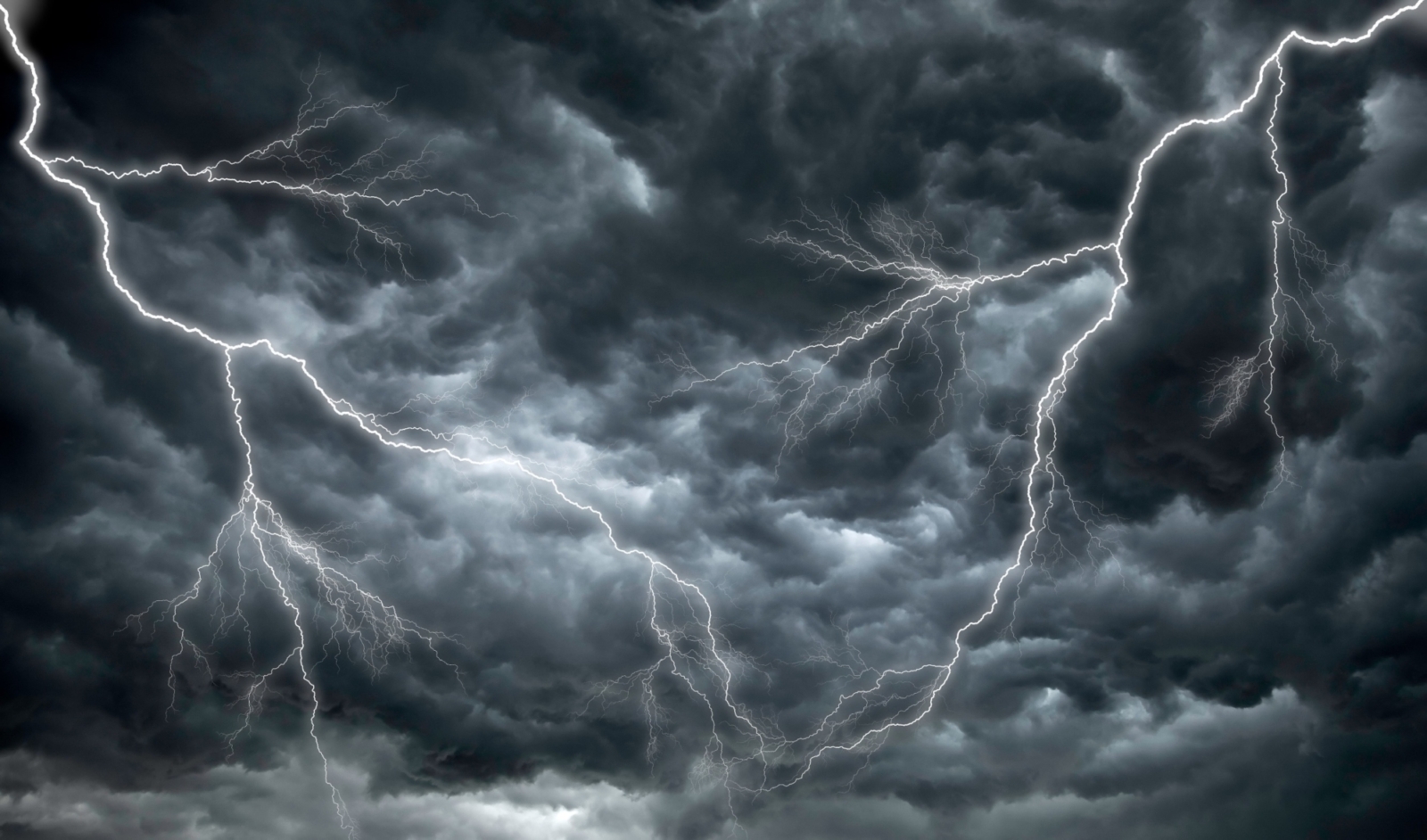Severe Weather Preparedness Checklist: Stay Safe and Ready

Arkansas is no stranger to severe weather, especially during the summer and fall months when thunderstorms frequently roll through the state. These storms can bring heavy rainfall, tornadoes, large hail, and strong winds, creating hazardous conditions that can put lives and property at risk. The heavy rainfall can lead to significant water damage, resulting in flooding that may compromise homes and businesses, while the destructive winds and hail can cause structural damage and increase the risk of further water intrusion.. Additionally, flash flooding is a concern in many areas, particularly where heavy rainfall occurs. As winter approaches, residents in northern Arkansas may also face occasional snow and ice storms. To help you stay safe and prepared, here’s a comprehensive severe weather preparedness checklist tailored to Arkansas weather.
1. Stay Informed
Monitor Weather Updates
Sign Up for Alerts: Enroll in local weather alert systems, such as the National Weather Service's alerts and local news stations. Apps like Weather Underground or The Weather Channel can provide real-time updates and severe weather alerts.
Use a Weather Radio: Invest in a NOAA weather radio. This reliable source of information broadcasts updates even when other communication methods fail.
Understand Weather Terms
Thunderstorm Watch: Conditions are favorable for thunderstorms to develop.
Thunderstorm Warning: A severe thunderstorm is occurring or imminent, with potential for hail, strong winds, or tornadoes.
Tornado Watch: Conditions are favorable for tornadoes to form.
Tornado Warning: A tornado has been sighted or indicated by radar; take immediate action to seek shelter.
2. Create an Emergency Plan
Communication Plan
Designate a Meeting Place: Identify a safe location where family members can reunite if separated during a storm.
Establish Contact Information: Ensure everyone has contact numbers for family members and neighbors, especially those living nearby.
Emergency Contacts
Compile a list of important contacts, including family members, friends, and your local emergency management office.
3. Prepare an Emergency Kit
Essential Supplies
Pack a disaster supply kit that includes:
Water: One gallon per person per day for at least three days.
Non-Perishable Food: A three-day supply of ready-to-eat meals and snacks.
First Aid Kit: Include bandages, antiseptics, and any necessary medications.
Flashlight and Extra Batteries: Prepare for potential power outages during severe weather.
Multi-Tool or Swiss Army Knife: Useful for various tasks during emergencies.
Personal Hygiene Items: Include soap, hand sanitizer, and sanitary supplies.
Additional Items
Whistle: To signal for help if needed.
Dust Mask: To help filter contaminated air during storms.
Local Maps: For navigation in case of evacuation.
Cash: In small denominations, as ATMs may not be operational during emergencies.
4. Secure Your Property
Home Safety
Trim Trees and Branches: Prevent damage from falling branches during storms.
Secure Outdoor Items: Bring in or tie down patio furniture, grills, and other items that could become projectiles in high winds.
Check Windows and Doors: Ensure they are properly sealed and reinforced if necessary.
Flood Preparedness
Know Your Risk: Check if your property is in a flood zone.
Install Flood Vents: These can help reduce flooding damage.
Have Sandbags Ready: If heavy rainfall is expected, sandbags can redirect water away from your home.
5. Plan for Evacuations
Know Your Evacuation Routes
Map Out Routes: Familiarize yourself with primary and secondary evacuation routes in your area.
Identify Local Shelters: Know where nearby shelters are located in case you need to evacuate.
Transportation
Keep Your Vehicle Fueled: Maintain at least half a tank of gas, especially during storm season.
Check Emergency Supplies in Your Car: Keep a basic emergency kit in your vehicle, including water, snacks, and a flashlight.
6. Review and Practice Your Plan
Conduct Drills
Practice Evacuations: Regularly conduct drills with your family to ensure everyone knows what to do.
Review the Plan: Discuss your emergency plan periodically to keep everyone informed and prepared.
Stay Flexible
Adjust Plans as Needed: Be ready to change your plans based on specific weather conditions and warnings issued.
Being prepared for severe weather in Arkansas is essential for protecting yourself, your family, and your property. By following this checklist, you can ensure you’re ready to face the challenges that thunderstorms, tornadoes, flooding, and winter storms can bring. After a disaster, response is critical. Having the right response team can mean the difference between recovery and frustration.
ALL-CLEAN USA offers a program, called the PRIME Promise, designed to minimize property downtime, income loss, and repair and reconstruction costs in the event of a property loss. Remember, preparation is key to staying safe and minimizing damage. Take the time to prepare now, so you can act quickly and confidently when severe weather strikes. Stay safe!


